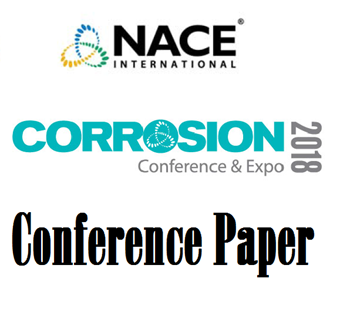Search
10400 CP Designs-Problematic Tanker Ship CP Designs for Offshore Facilities and Interference
Also Purchased
51318-10656-CP Interference - Interference Testing and Mitigation of Interference Issues
Product Number:
51318-10656-SG
Publication Date:
2018
$20.00
09545 Interference of an Impressed CP System with an Adjacent Sacrificial CP System and its Mitigation
Product Number:
51300-09545-SG
ISBN:
09545 2009 CP
Publication Date:
2009
$20.00
51316-7454-How Interference Can Impact The Life Of CP Systems. An FPSO Case Study
Product Number:
51316-7454-SG
ISBN:
7454 2016 CP
Publication Date:
2016
$20.00




